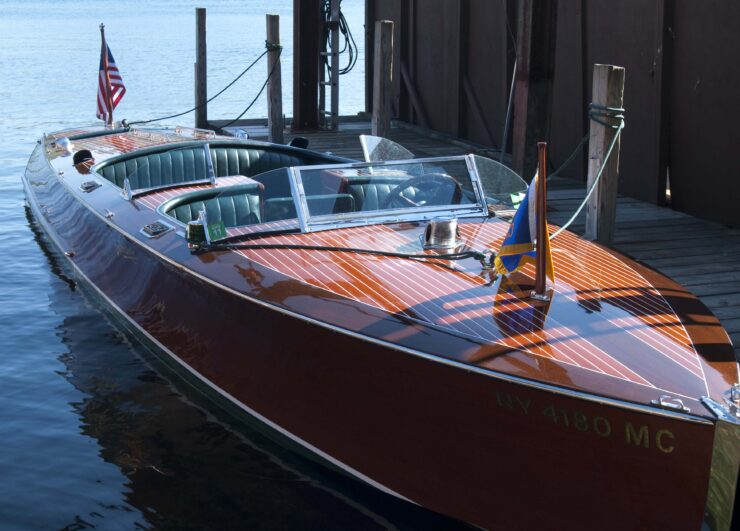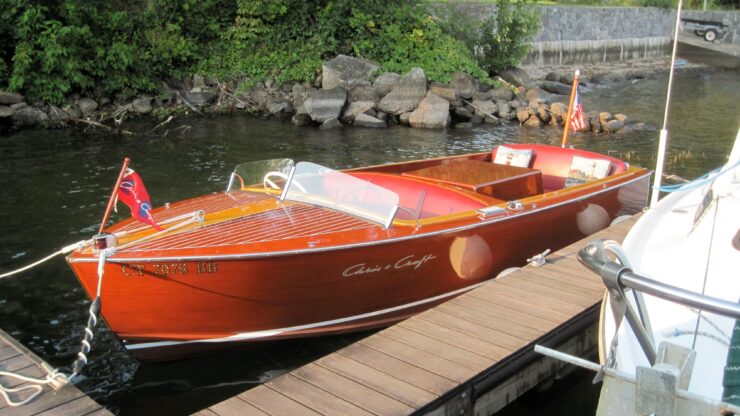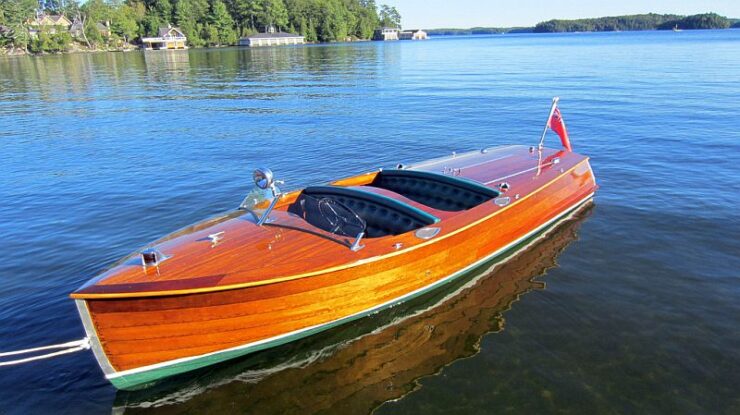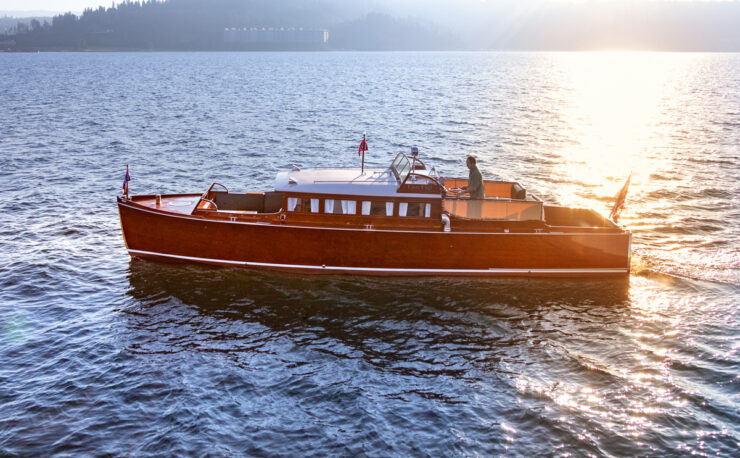Wooden boat craftsmanship is an ancient art form that has been around for centuries. It involves creating boats, ships, and other watercraft from wood using traditional techniques that have been passed down from generation to generation.
Wooden boat craftsmanship is a traditional craft that has been practised for centuries. It is an art form that combines the skills of the boat builder with the natural beauty and character of the wood. The art of wooden boat craftsmanship involves creating boats that are not only functional but also beautiful and unique. One of the main aspects of wooden boat craftsmanship is the selection of wood. Boat builders choose wood based on its durability, workability, and beauty. The most commonly used types of wood for boat building are oak, teak, mahogany, and cedar. These woods have a natural resistance to rot and are easy to shape and work with.
Creating a wooden boat, like some you can find on this site, involves a range of skills, including woodworking, joinery, and finishing. The boat builder will typically use hand tools to shape the wood, including saws, planes, chisels, and adzes, as well as a variety of techniques to join the wood together, such as mortise and tenon, dovetail, and lap joints.
In this article, we will take a journey through the history of wooden boat craftsmanship, exploring the art form, famous boat craftsmen, and the journey through the history of boat crafting.
Famous Boat Craftsmen

Throughout history, there have been many famous boat craftsmen who have made significant contributions to the art form. One of the most famous was Nathanael Herreshoff, who lived in the late 19th and early 20th centuries. Herreshoff was a naval architect and boat builder who designed and built some of the most iconic wooden boats in history, including America’s Cup yacht, Reliance. Herreshoff’s designs were renowned for their speed, beauty, and innovative features.
Another famous boat craftsman was William Fife III, who lived in the late 19th and early 20th centuries. Fife was a Scottish yacht designer and builder who created some of the most elegant and beautiful wooden boats of all time. His boats were renowned for their graceful lines, quality of construction, and speed. Many of Fife’s designs are still being sailed today, and they continue to be admired for their beauty and craftsmanship.
As far as modern-day boat craftsmanship goes, the number of people doing it the old-fashioned way is sadly declining but the traditional boat building is far from dead. Some of the modern-day boat builders are:
- Steve Smith, who is based in Anacortes, Washington. Smith is the founder of Devlin Designing Boat Builders, and he is known for his innovative designs and commitment to sustainability. His boats are highly prized for their functionality, beauty, and eco-friendliness.
- Joel White founded Brooklin Boat Yard in Maine. White was known for his classic designs and meticulous attention to detail. He passed away in 1997, but his legacy lives on through the boats that he built and the craftsmen that he trained.
- Richard Hare runs a boatyard in Maine, USA, and specializes in building wooden boats using traditional techniques. He has been building boats for over 40 years and has a reputation for his meticulous attention to detail and his commitment to using sustainable materials.
- Martin Skanberg, a boat builder based in Sweden, has gained a reputation for his unique designs and his use of traditional materials and techniques. Skanberg has built a range of wooden boats, from rowing boats to larger sailboats, and has won numerous awards for his craftsmanship.
Brief Journey Through History of Boat Crafting

The history of boat crafting can be traced back to ancient times when people built boats for transportation, fishing, and trade. The ancient Egyptians, Greeks, and Romans all built wooden boats using simple tools and techniques. These boats were typically made from local timber and were designed to suit their specific needs.
During the Middle Ages, wooden boats became more widespread and were used for fishing, transportation, and exploration. These boats were often built using traditional techniques, such as clinker-built construction, which involves overlapping planks to create a sturdy hull. The boats were typically powered by oars or sails and were used to transport goods and people along rivers and coasts.
By the 17th and 18th centuries, wooden boat craftsmanship had become more sophisticated. Boat builders developed new designs and techniques, such as the clipper ship, which was designed for speed and used in the trade of tea and other goods. In addition, the Royal Navy began using wooden ships for military purposes, and shipbuilders developed innovative designs such as the frigate and the ship of the line.
During the 19th century, wooden boat craftsmanship reached its peak. The introduction of steam power and new materials, such as iron and steel, led to the development of new types of boats, including paddle steamers and steam yachts. In addition, the development of new rigging and sail designs, such as the gaff and the Marconi rig, led to the creation of some of the most iconic wooden boats in history, including America’s Cup yachts.
However, with the advent of steel and fibreglass in the 20th century, wooden boat craftsmanship declined. Many boat builders went out of business, and wooden boats became less common. However, in recent years, there has been a renewed interest in wooden boat craftsmanship. Many boat builders are using traditional techniques and materials to create unique and beautiful boats that are highly prized by collectors and enthusiasts.
Conclusion

The art of wooden boat craftsmanship is a rich and storied tradition that has been practised for centuries. From the selection of the wood to the finishing of the boat, the craft requires a range of skills and techniques that have been passed down through generations of boat builders. Throughout history, famous boat builders such as Nathanael Herreshoff and William Fife have created some of the most beautiful and innovative yachts in the world.
Today, a new generation of boat craftsmen continues to practice the traditional art form, using sustainable materials and combining traditional and modern techniques to create boats that are not only functional but also works of art. These craftsmen are carrying on the legacy of the past while pushing the boundaries of the craft, creating unique and beautiful boats that are highly prized by collectors and enthusiasts alike. The art of wooden boat craftsmanship will undoubtedly continue to evolve in the future, but its rich history and the timeless beauty will always endure.

